 Spacecraft are vehicles, vessels or machines designed for traveling in outer space. The main purposes that they are used for are communications, earth observation, meteorology, navigation, space colonization, planetary exploration, and transportation of humans and cargo. Because of these many purposes there are many types of spacecraft that have invented or are inventing. As following way, the space crafts are classified in scientific sectors.
Spacecraft are vehicles, vessels or machines designed for traveling in outer space. The main purposes that they are used for are communications, earth observation, meteorology, navigation, space colonization, planetary exploration, and transportation of humans and cargo. Because of these many purposes there are many types of spacecraft that have invented or are inventing. As following way, the space crafts are classified in scientific sectors. 1. Flyby Spacecraft
Flyby spacecraft follow a continuous trajectory, without orbiting a planetary orbit. They must have the capability of using their instruments to observe passing targets, and ideally, compensating for the target’s apparent motion in optical instruments’ field of view. They must downlink data at high rates to Earth, storing data onboard during the periods when their antennas are off Earth point.
Examples: Stardust, Mariner 2, Mariner 4, Mariner 5, Mariner 6, Mariner 7, Mariner 10, Pioneers 10, Pioneers 11 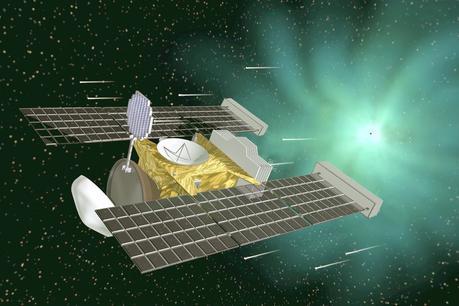 Stardust Spacecraft
Stardust Spacecraft
2.Orbiter Spacecraft
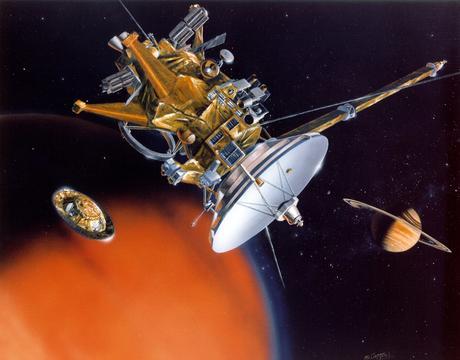
Examples: Messenger, Mariner 9, Cassini, TOPEX/Poseidon, Ulysses, Jason Earth Orbiter,
Mars Observer, Magellan, Galileo, Mars Global Surveyor
3. Probe Spacecraft
A Probe Spacecraft collects data from a planet as it drops into the planet’s atmosphere. These types of spacecraft usually use to take atmospheric pressure and temperature readings of a planet. Probes work for a short period of time and are destroyed usually on impact. Examples: Galileo Atmospheric Probe, Mars Balloon, Titan “Aerover” Blimp, Vega (Venus Balloon), JPL Planetary Aerovehicles Development,
Pioneer 13 Venus Multiprobe Mission
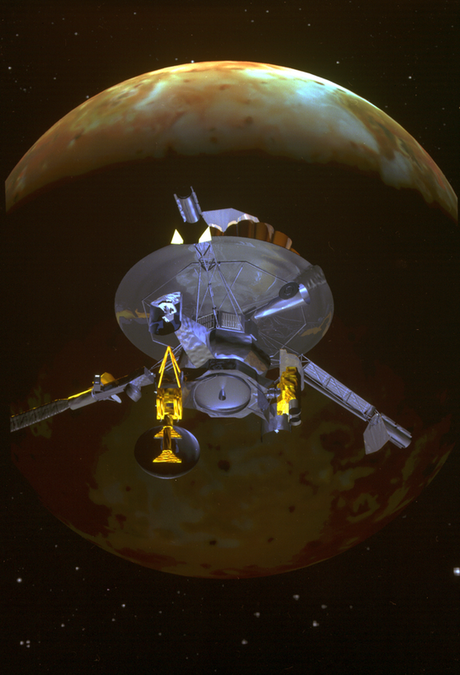
4. Lander Spacecraft
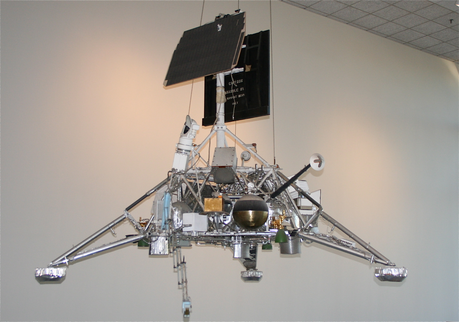
Example: Mars PathFinder, Viking (Mars Landers), Venera 13 (Venus Lander), Surveyor (Moon Landers)
5. Surface Penetrator Spacecraft
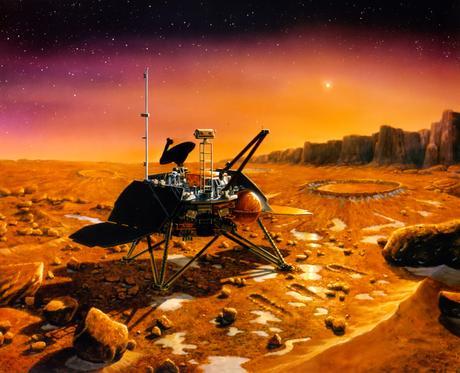
Examples: Deep Space 2, Deep Impact, Ice Pick, Lunar-A
6. Rover Spacecraft
A rover Spacecraft is a space exploration vehicle designed to move across the surface of a planet or other celestial body. Some rovers have been designed to transport members of a human spaceflight crew; others have been partially or fully autonomous robots. Rovers usually arrive at the planetary surface on a lander-style spacecraft.Examples: Sojourner Rover, Mars Exploration Rover, Apollo 15 Lunar Rover
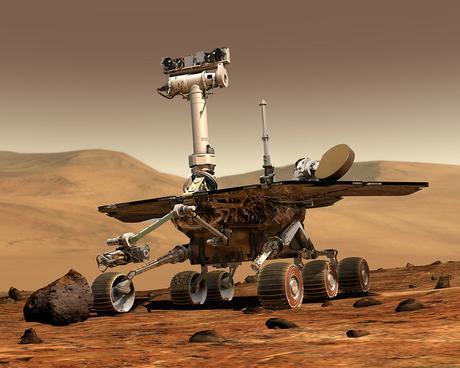

7. Observatory Spacecraft
An observatory spacecraft does not travel to a destination to explore it. Instead, it occupies an Earth orbit, or a solar orbit, from where it can observe distant targets free of the obscuring and blurring effects of Earth’s atmosphere.
Examples: Hubble Space Telescope, Chandra X-Ray Observatory, Spitzer Space Telescope, James Webb Space Telescope, Next-Generation Space Telescope
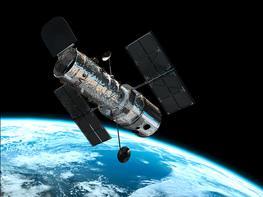
8. Communications & Navigation spacecraft
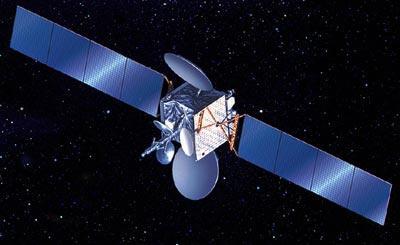
Examples: Milstar, DirecTV, Globalstar

by Maria Dell Fernandez
